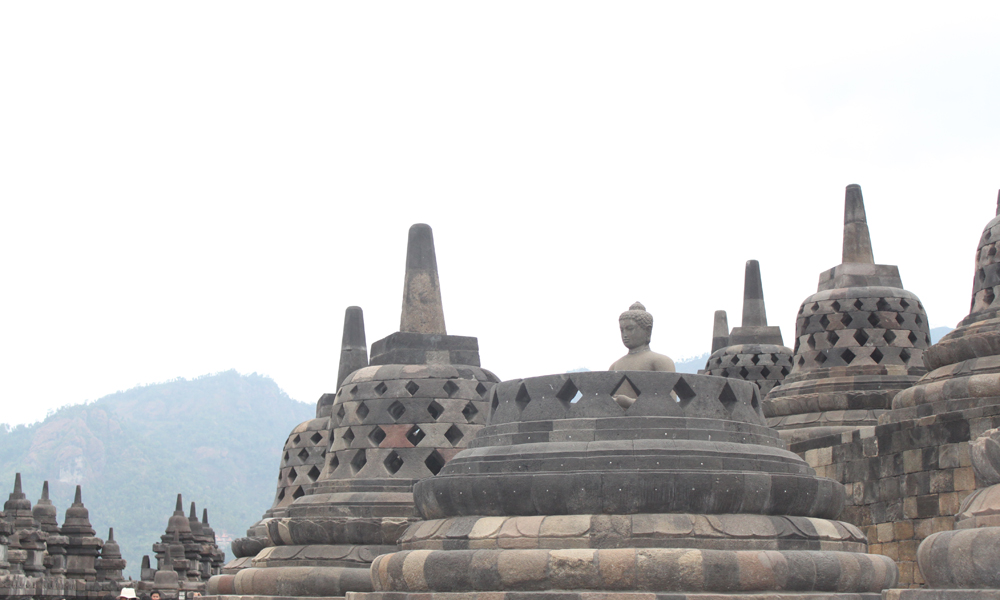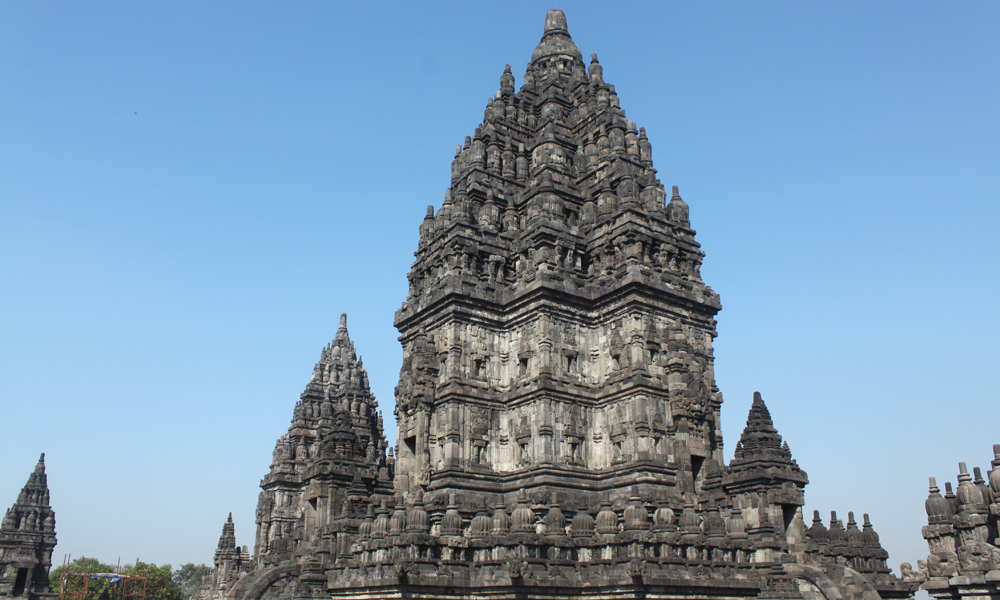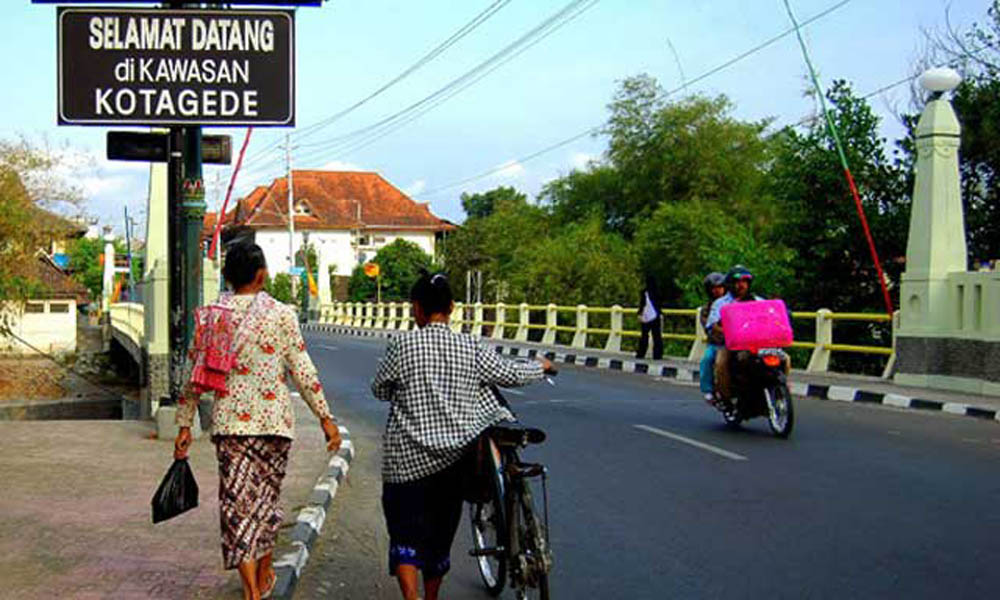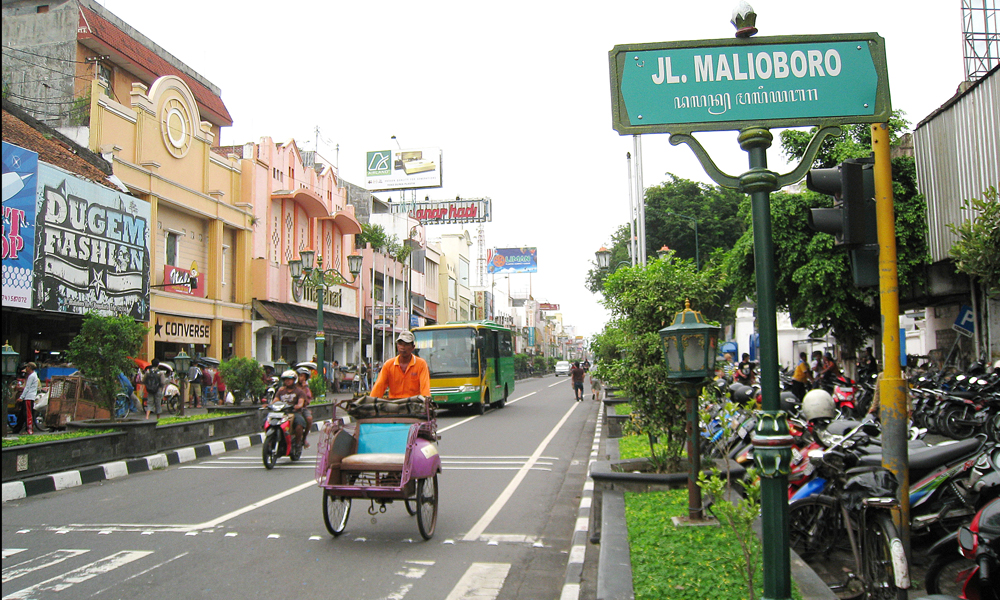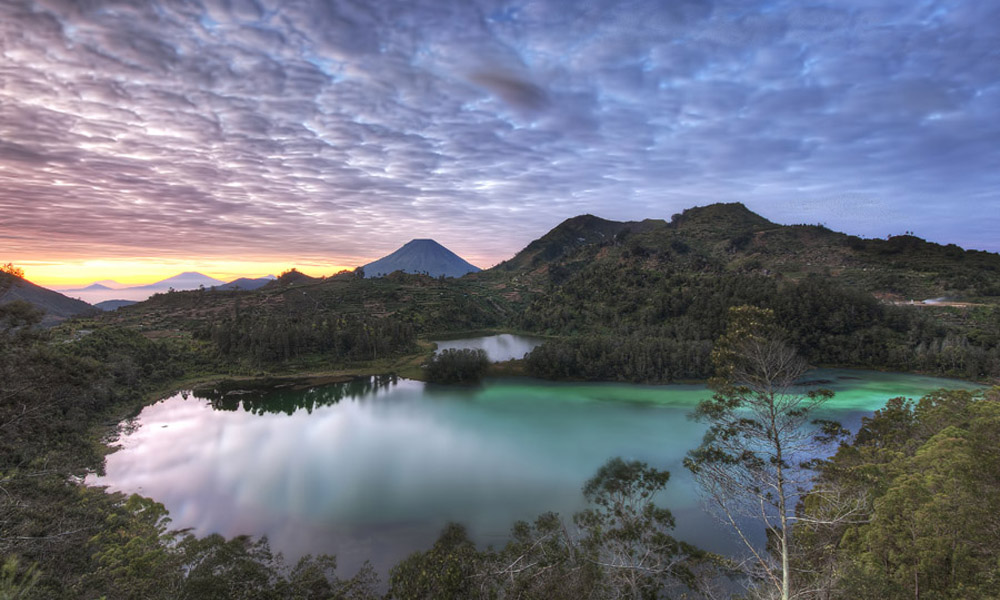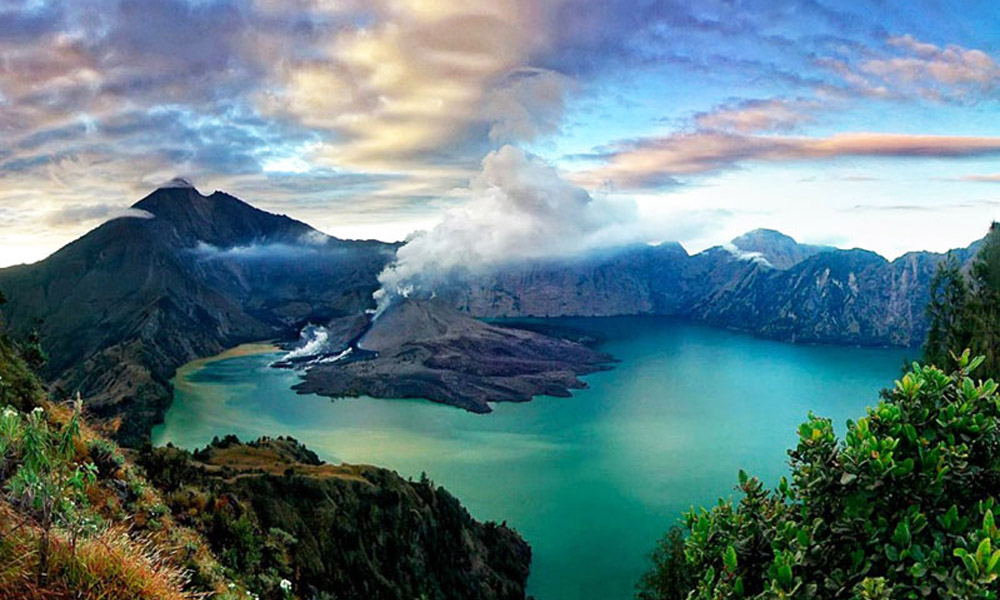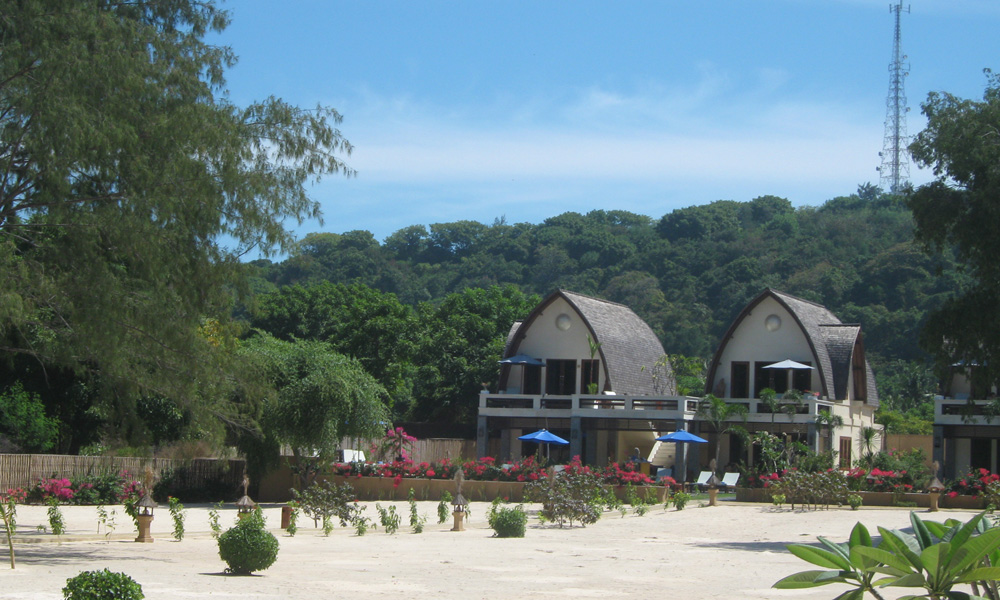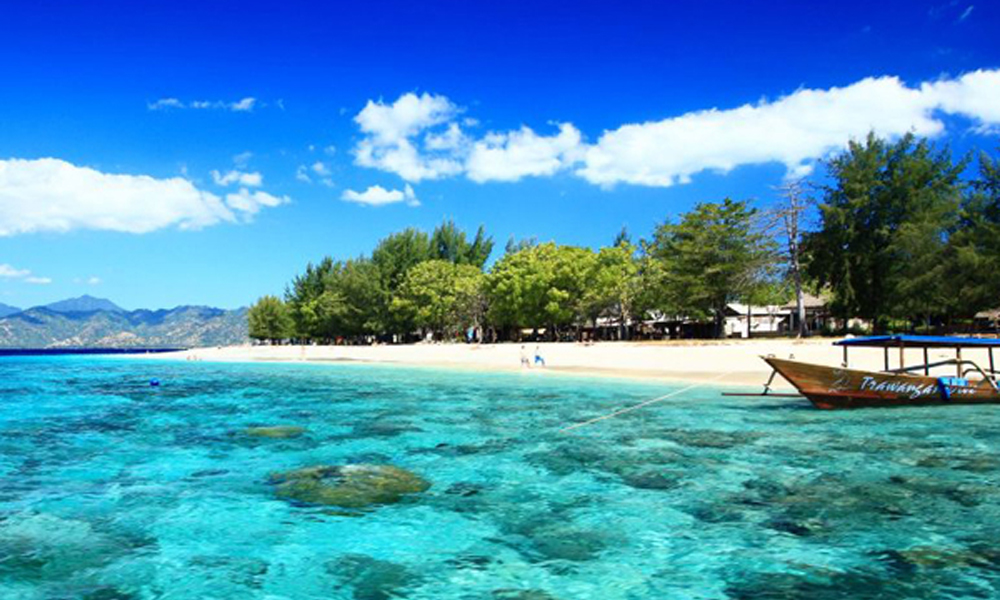I. Java Island, Destination Yogyakarta
Yogyakarta, affectionately called ‘Yogya’, is a delightful blend of the old and the new. At its core is the elegant Sultan’s Palace (built in 1755), purveyor of traditional Javanese arts:batik-making, mystical keris swords and the Ramayana epic portrayed in wayang kulit (shadow puppet) plays and dance. Experiencing from the town are roads leading through some of Java’s most densely populated but richest farmlands to some of the oldest Hindu and Buddhist monuments in Indonesia. Some of them date back to the 7th century. The sulfur-spewing volcano, Mount Merapi, looms over the north. Also a center of education, Yogya’s more than 50 academies and universities attract students, writers, painters and dancers from throughout the world who thrive on innovative thinking and tradition art forms.

